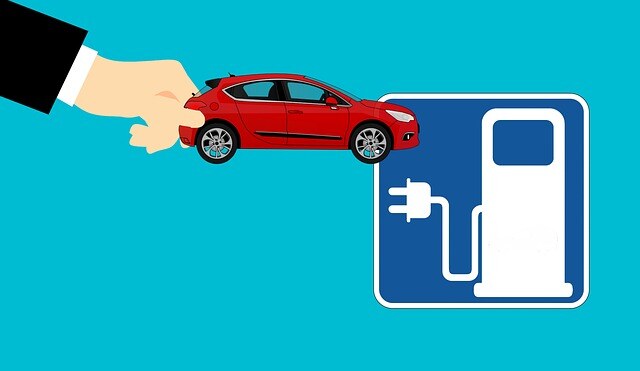Ins-and-outs of Migrating from Diesel to Electric Vehicles

Electric vehicles are not only looming as the future of fleet vehicles, but they are also becoming more widely used today by various fleet operations.
When replacing your current diesel vehicles, it can make sense to purchase electric vehicles to add to your fleet. Why not upgrade to the latest technology and reap the benefits of the fuel savings, right? However, there are issues your fleet will need to work out before adding EVs.
Learn about the ins-and-outs of migrating your fleet vehicles from diesel to electric.
Know the Range of Your Routes
Incorporating electric vehicles into your fleet can require you to plan your routes and adjust accordingly based on which type of vehicle will be used. While diesel vehicles can make several trips a day and travel on long routes by refueling, EVs will need to take shorter routes. Fleet operations will need to calculate how long the electric vehicles can travel between charges. Routes will need to be limited to those distances or will need to be adjusted based on where charging stations are available.
Calculate the Total Cost of Ownership
As electric vehicles have become more widespread, their cost has been decreasing. This can make adding EVs more affordable for fleet operations. However, according to TruckingInfo.com, the total cost of owning an electric vehicle is still unknown. Because EVs haven’t been around long enough, and aren’t widely used, the website says it’s still not clear what the long-term cost of having EVs in fleets will be. The ongoing cost of repairs, energy to charge the vehicles and the cost of upgrading the operation’s infrastructure to allow for more charging stations will all add to the TCO.
Determine How Much Energy is Needed to Run Vehicles
When using electric vehicles, your fleet operation will save money on fuel. However, your operation will need to account for the cost of energy to keep the EVs running. According to TruckingInfo.com, while most fleets might be able to accommodate charging a few EVs, as the fleet grows it can struggle to find enough power to charge them. The website recommends determining the amount of energy available in the location of your fleet operation, as well as knowing the rates from your energy company. For example, if they charge more during certain times of the day, you need to determine if you can afford the peak rates, or if it’s feasible to not charge vehicles during those hours.
Determine How to Dispose of Old Batteries
When using electric vehicles, fleet operations are faced with the added task of determining how to dispose of the old batteries. Financial Times states that disposing of batteries can be harmful to the environment if not done correctly. Because of this, operations should have a plan in place for how to get rid of old batteries.
